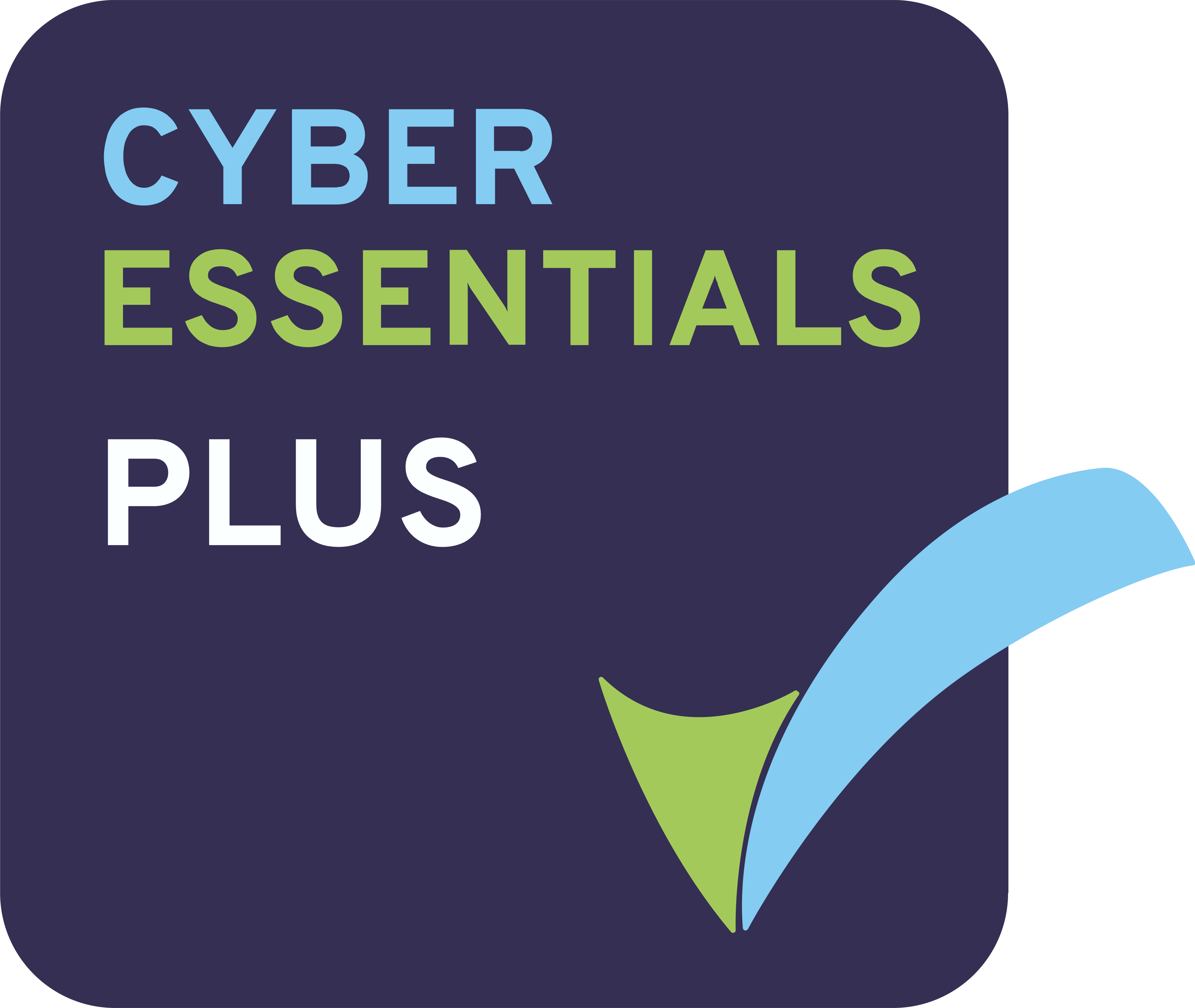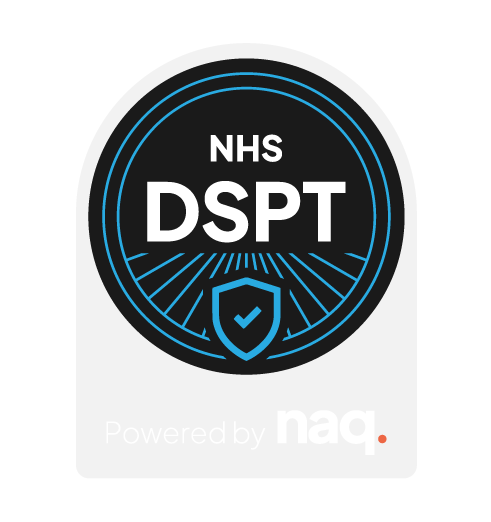DESCRIPTION
This article explores how digital care plans can revolutionize children's homes. Digital plans offer improved access to information, better communication, and stronger data security compared to traditional paper plans. They can also empower children to participate more actively in their care.
When
June 2024
Who
Paula Martinez

In the realm of social care, particularly in children's care homes, the dedication and hard work of care workers cannot be overstated. These professionals play a critical role in shaping the lives of vulnerable children, offering them support, stability, and a sense of belonging. Despite the challenging nature of their work, care workers often go unrecognized. It's essential to highlight the importance of rewards and recognition in retaining and motivating these invaluable individuals.
What is a Care Plan?
Care plans are crucial documents in children's homes. They detail the specific support and care each child requires. The best plans actively involve the child in creating a routine that caters to their individual needs and preferences.
Paper vs. Digital Care Plans
Many children's homes traditionally rely on paper-based care plans with handwritten notes and updates. This method, while familiar, has limitations. Imagine searching through folders of notes or trying to decipher someone else's handwriting – not ideal for efficient care!.
Digital Care Plans to the Rescue
Digital care plans store all information electronically in a care management software program. This offers several advantages:
1. Instant Access and Search: Carers can access and update plans with ease, spending less time on paperwork and more time interacting with the children.
2. Standardized Format: Digital plans ensure clear and consistent information, making them easier to read and understand for everyone involved in the child's care.
3. Improved Oversight for Better Care: Managers can gain a broader understanding of care delivery across the entire home. The software can generate reports that help analyze care trends and identify areas where improvements can be made.
Benefits of Digital Care Plans for Children's Homes
1. Increased Efficiency: Carers save valuable time by ditching paperwork, allowing them to focus on providing quality care to each child.
2. Enhanced Communication: Digital plans facilitate better communication and collaboration among carers, social workers, and other professionals involved in the child's well-being.
3. Improved Data Security: Digital care plans can be password-protected and encrypted, offering a higher level of security for sensitive child information compared to paper files.
Making the Switch to Digital Care Plans
While digital plans offer numerous advantages, transitioning from paper might require initial adjustments, especially for those less comfortable with technology. Here are some things to consider:
Training and Support: Staff training on the new software can ease the transition and ensure everyone feels comfortable using it effectively.
Data Security: Choose a reputable care management software program with robust security features to protect sensitive child information.
The Right Choice for Your Children's Home
Ultimately, the decision of paper versus digital depends on your specific needs. Evaluate if a digital care plan system aligns with your care philosophy and goals for the children in your home. While change can be daunting, the benefits of digital plans can significantly improve the quality of care you provide.
What is a Care Plan?
Care plans are crucial documents in children's homes. They detail the specific support and care each child requires. The best plans actively involve the child in creating a routine that caters to their individual needs and preferences.
Paper vs. Digital Care Plans
Many children's homes traditionally rely on paper-based care plans with handwritten notes and updates. This method, while familiar, has limitations. Imagine searching through folders of notes or trying to decipher someone else's handwriting – not ideal for efficient care!.
Digital Care Plans to the Rescue
Digital care plans store all information electronically in a care management software program. This offers several advantages:
1. Instant Access and Search: Carers can access and update plans with ease, spending less time on paperwork and more time interacting with the children.
2. Standardized Format: Digital plans ensure clear and consistent information, making them easier to read and understand for everyone involved in the child's care.
3. Improved Oversight for Better Care: Managers can gain a broader understanding of care delivery across the entire home. The software can generate reports that help analyze care trends and identify areas where improvements can be made.
Benefits of Digital Care Plans for Children's Homes
1. Increased Efficiency: Carers save valuable time by ditching paperwork, allowing them to focus on providing quality care to each child.
2. Enhanced Communication: Digital plans facilitate better communication and collaboration among carers, social workers, and other professionals involved in the child's well-being.
3. Improved Data Security: Digital care plans can be password-protected and encrypted, offering a higher level of security for sensitive child information compared to paper files.
Making the Switch to Digital Care Plans
While digital plans offer numerous advantages, transitioning from paper might require initial adjustments, especially for those less comfortable with technology. Here are some things to consider:
Training and Support: Staff training on the new software can ease the transition and ensure everyone feels comfortable using it effectively.
Data Security: Choose a reputable care management software program with robust security features to protect sensitive child information.
The Right Choice for Your Children's Home
Ultimately, the decision of paper versus digital depends on your specific needs. Evaluate if a digital care plan system aligns with your care philosophy and goals for the children in your home. While change can be daunting, the benefits of digital plans can significantly improve the quality of care you provide.



